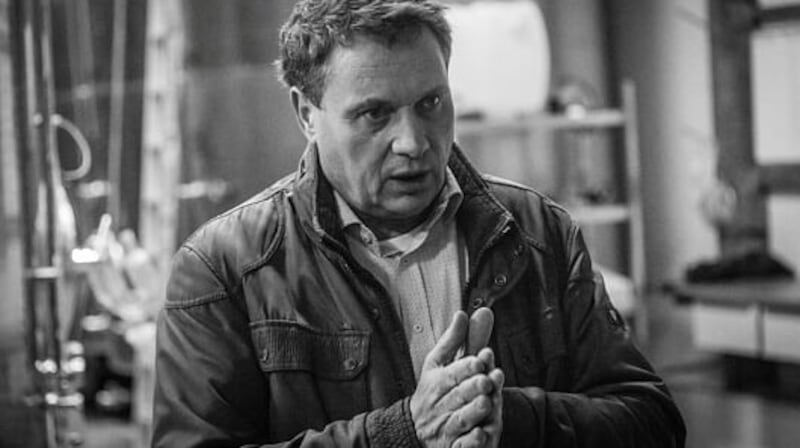Alcohol-free wine and beer starts out as a “real” wine or beer, before the alcohol is removed. The most common methods of doing this are vacuum distillation and reverse osmosis.
Vacuum distillation involves heating the beer or wine to a temperature where the alcohol evaporates. This is the quickest and cheapest method, but unfortunately does not produce the highest quality results. Spinning cone technology is a version of this, using a centrifuge and nitrogen gas to remove flavour compounds before de-alcoholisation.
Reverse osmosis removes the phenolic compounds responsible for aroma and flavour before distillation. These are then returned to the filtered wine at a later date. Although many frown on it, reverse osmosis is used in standard winemaking either to concentrate flavours or manipulate levels of alcohol by removing water.
The quality of both de-alcoholised beer and wine has improved dramatically in recent years, although alcohol is a conveyor of flavour and changes how we perceive or taste things, so an alcohol-free (or less than .5 per cent alcohol) beer or wine is never going to taste exactly the same as the real thing. But nor does it taste like grape juice, which is very sweet and simple.

Johannes Leitz has improved on the vacuum evaporation method, with technology that removes the alcohol at 29 degrees Celsius instead of the usual 78 degrees, avoiding the cooked flavours common in many de-alcoholised wines. This range of sparkling, white, rosé and red wines is available in independents under the brand name Leitz ‘Eins, Zwei, Zero’.
These are the best alcohol-free wines I have tasted, so far. However, it remains a sad fact that wines that are naturally low in alcohol, such as a Mosel Riesling at 8 per cent, taste immeasurably better.












